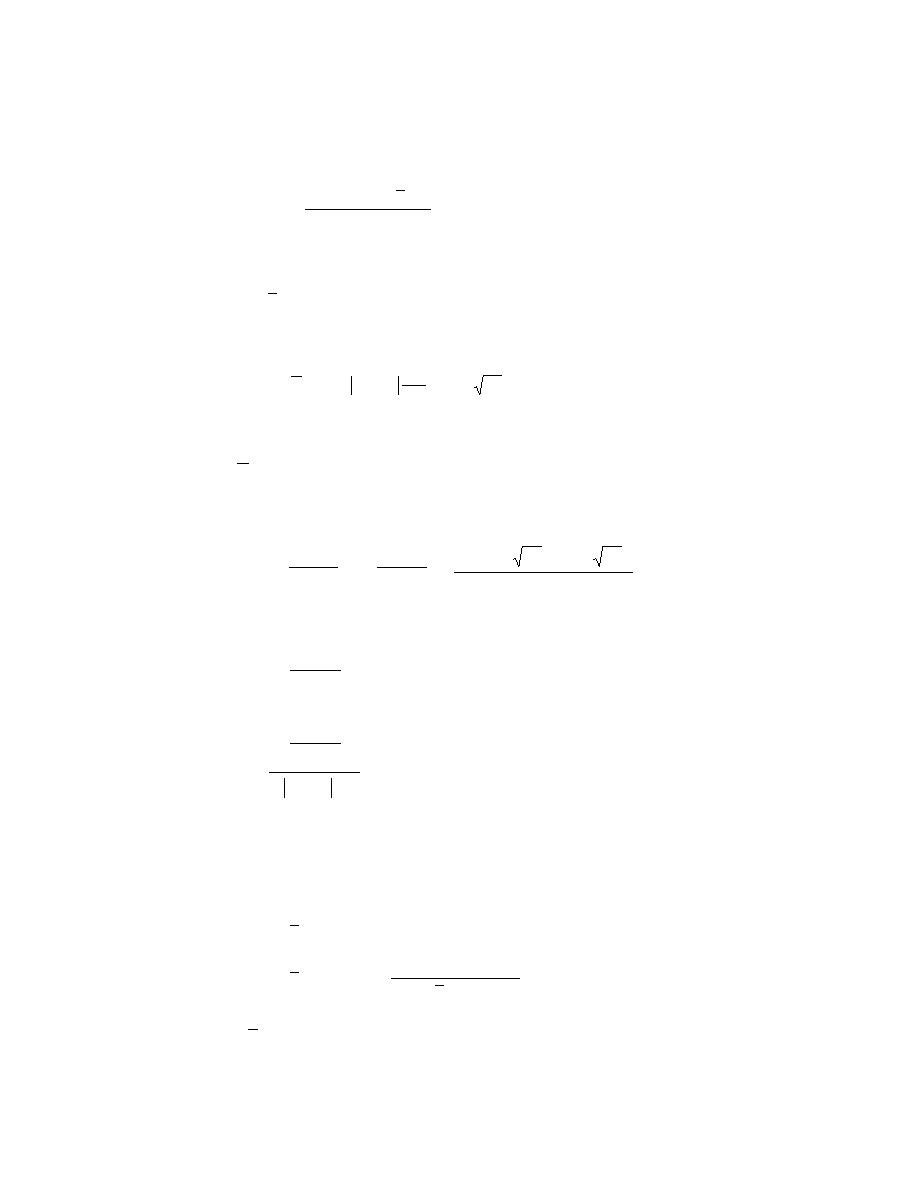
Molar volume of the liquid solution
The apparent molar volume NaCl(aq), φ VNaCl(aq) (m3 mol1), in a simple aque-
ous solution is
O
VM nH2O(l)VH2O(l)
φ
VNaCl(aq) =
(55)
nNaCl(aq)
where φ VNaCl(aq) = apparent molar volume of NaCl(aq) (m3 mol1)
VM = actual solution volume (m3 mol1)
O
VH2O(l) = standard-state molar volume of water (m3 mol1).
The apparent molar volume of NaCl(aq) was calculated by
(
)
AV
φ
o
VNaCl = VNaCl + ν zNa zCl
ln 1 + b Im +
2b
[
]
2νNa νCl RT mNaClBNaCl + mNaCl (νNa zCl )CNaCl
V
2
V
(56)
o
where VNaCl is the standard-state molar volume of NaCl (m3 mol1) and AV is the
DebyeHckel coefficient for apparent molar volume (m3 kg1/2 mol1/2).
V
V
The quantities BNaCl and CNaCl (both kg Pa1 mol1) are defined by
[1 (1 + 2 I ) exp(2 I )]
β(0)
β(1)
V
m
m
=
+
NaCl
NaCl
BNaCl
(57)
p
p
2Im
T
T
and
C
V
=
NaCl
CNaCl
p
T
Cφ
= NaCl
p
T .
(58)
1/2
2 zNa zCl
Temperature derivative of the solute chemical potential
The chemical potential of the solute can be restated in terms of its standard-state
chemical potential, mean-ionic molality, and mean-ionic activity coefficient:
l aCl ≡ NaCl(aq)
N
= OaCl(aq) + RT ln aNaCl(aq)
N
γ NaCl(aq)mNaCl(aq)
+ RT ln
OaCl(aq)
=
(59)
N
O
mNaCl(aq)
where OaCl(aq) is the standard-state chemical potential of NaCl(aq) (J mol1)
N
and aNaCl(aq) is the mean-ionic activity of NaCl(aq) (dimensionless). The tempera-
ture derivative of eq 59 was calculated numerically by eq 54.
20



 Previous Page
Previous Page
